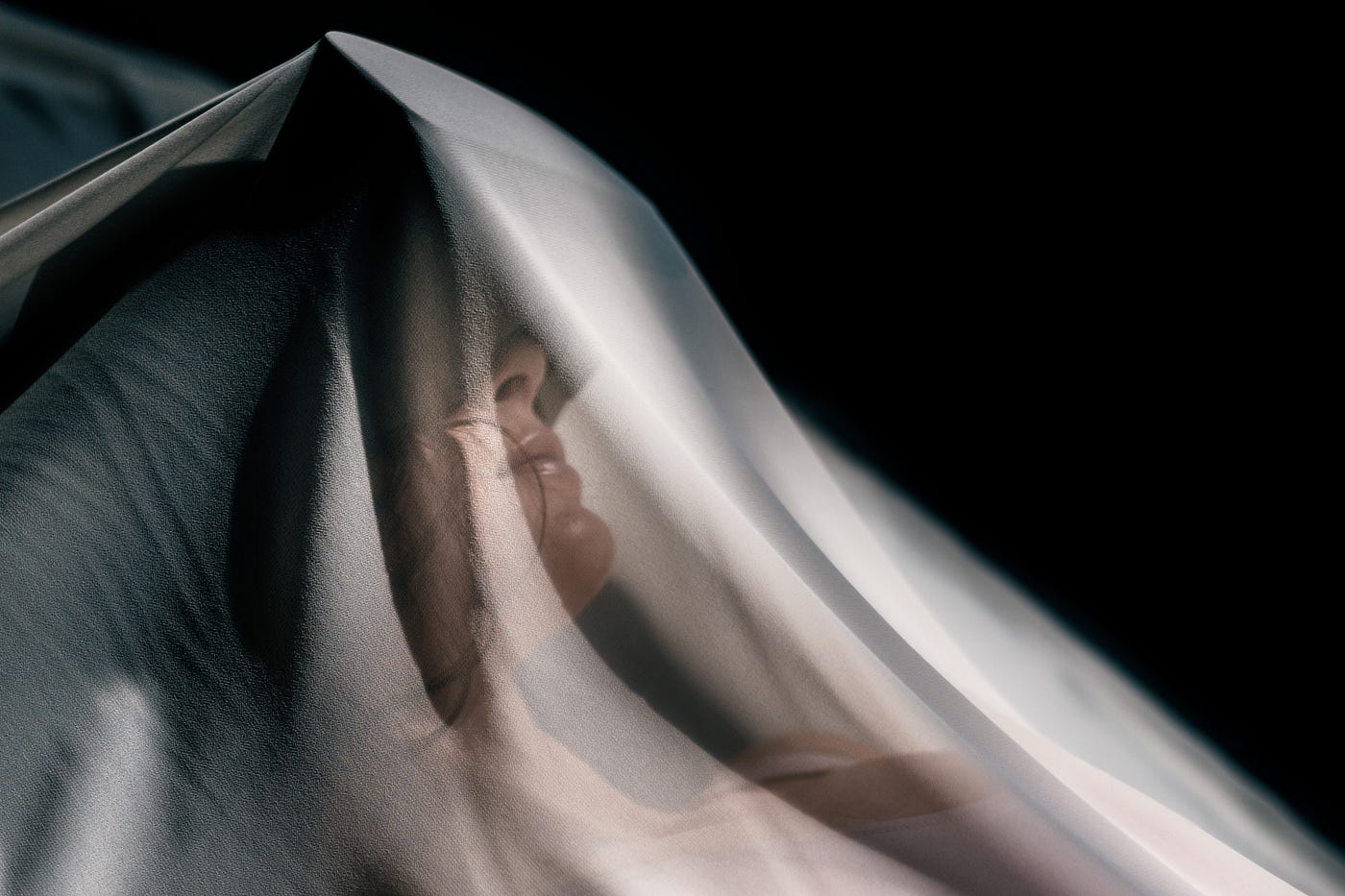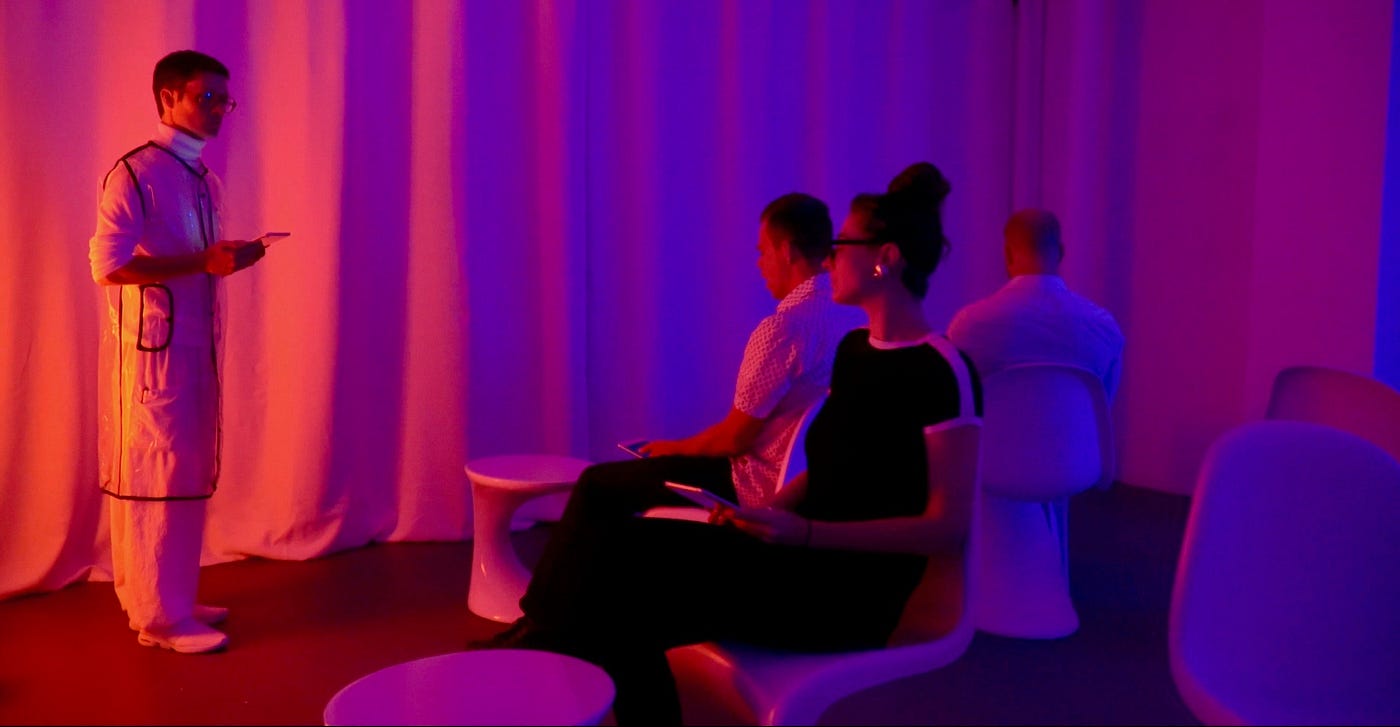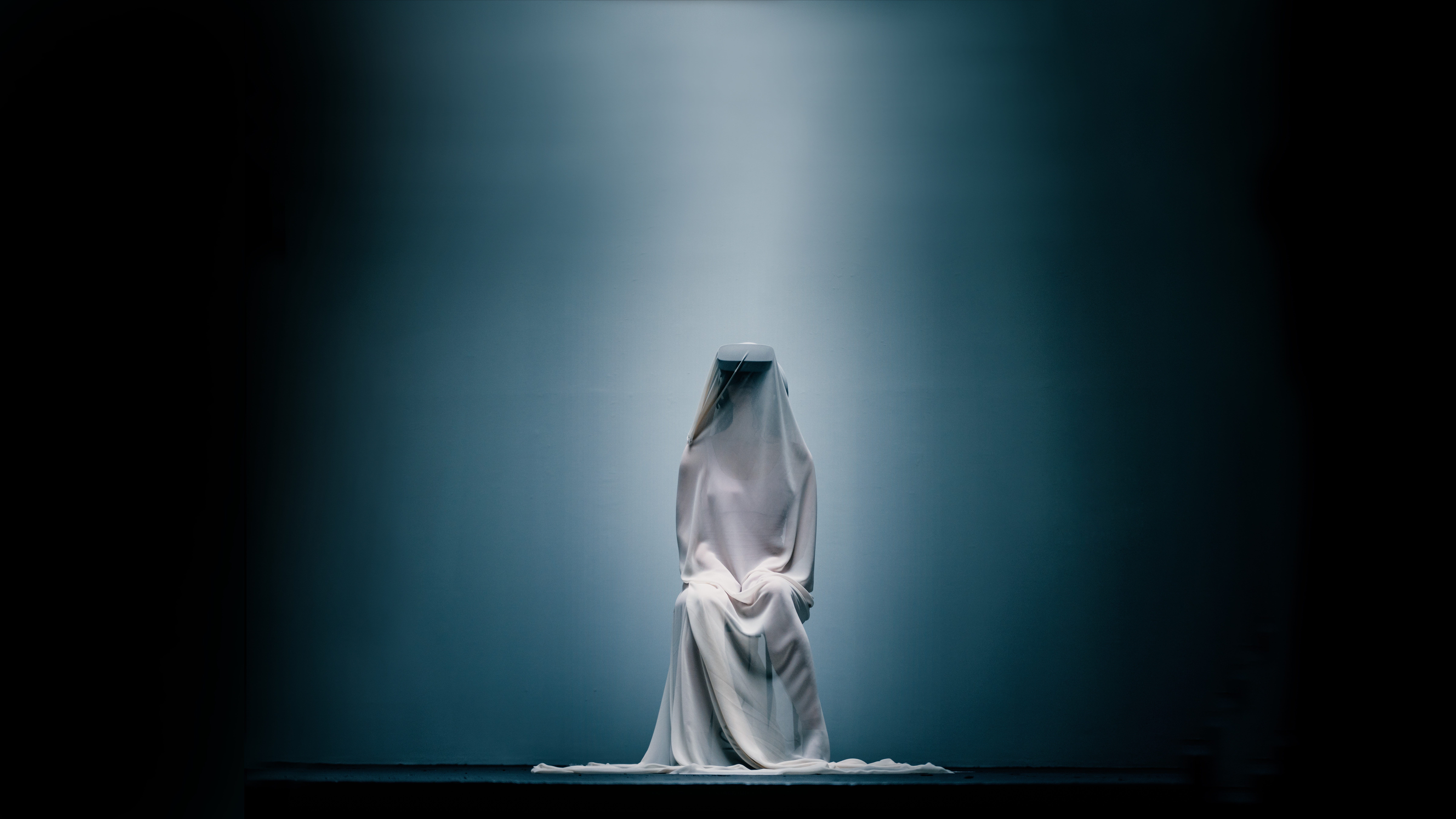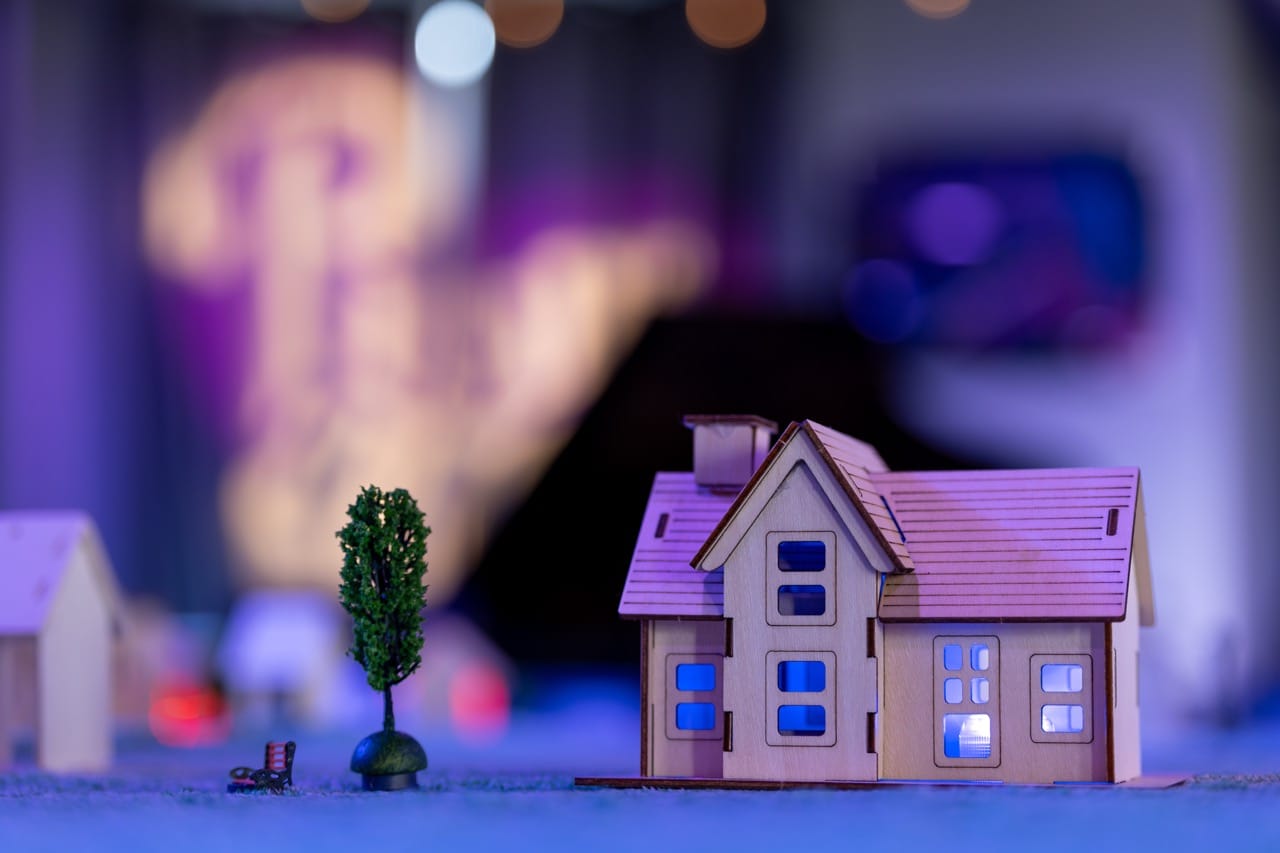
(NoPro recently sent two NYC correspondents, Allie Marotta and Cheyenne Ligon, to check out what Y Combinator startup Museum of Future Experiences had to say about, well, the future of experiences. Here are their perspectives.)
Allie: New York City: the land of giant pretzels, towering skyscrapers, subway delays, and…immersive experiences? Well, yes, actually. Being the commercial theatre capital of the United States, it’s only natural that also being a leading example of experimental and indie theatre follows. But, it’s not exactly easy to convince a tourist to come to your latest immersive experiment in someone’s basement in Bed-Stuy. And we all know how ridiculously expensive Manhattan real estate is. Therefore, we at NoPro have already begun to see inklings of the immersive world colliding with the already extensive pop-up movement in NYC, particularly since the launch of 29Rooms in 2015.
This vibrant collision of pop-up venues and immersive art made room for the birth of an entirely new tangent of the experiential and theatrical world, the “selfie museum.” With a vague nod to the Happenings of the 60’s and the iconic Dadaist readymades, these installation-based exhibits capitalize on the social media-obsessed Millennials’ desire to live an extraordinary life full of interesting and exclusive experiences by providing appealing backdrops for influencers and “regular” people alike to show their followers what a great life they’re living. From the Museum of Ice Cream to The Color Factory and beyond, these branded experiences are in a class of their own, and a very successful class at that. With new immersive pop-ups emerging what seems like every week, the Instagram palace scene is thriving. So how does anyone stand out in such a vast and overflowing epicenter? Make it about the audience, of course!
I can personally assure you that Rosé Mansion doesn’t tell you much about yourself (other than, perhaps, a new appreciation of your alcohol tolerance and the color pink), much less insights about your deep, fundamental psyche. And that’s exactly what the Museum of Future Experiences (MoFE) promises to provide — a deep dive into what makes you tick.

Cheyenne: The Museum of Future Experiences is located in an unassuming apartment on Wooster Street, nestled between high-fashion shops and chic restaurants. The building’s white exterior is covered in a layer of stickers and graffiti (though whether this is part of the Museum’s aesthetic or bona fide street art is unclear), and the only thing indicating this is indeed the right place is a small sign that reads “MOFE.” There is no one waiting outside, no buzzer; the door must simply be pushed open.
We find ourselves in a crisp, modern stairwell. Everything is white, except for some pink-hued neon lighting and a few arrows that simply point upwards. The space is silent and austere, but more mysterious and intriguing than it is foreboding. We follow the arrows upwards and land in a futuristic waiting room. A lanky man in a crisp, yellow shirt sits behind a desk and invites us to have a seat while we wait for our “practitioner” to arrive. We sit on a velvet couch and make small talk with the other participants for several minutes before a man (Andrew Fox) with an iPad appears. He is wearing a white turtleneck, gauzy white harem pants, and a clear plastic vest. Combined with his 70s-style haircut, the combined effect is both striking and strange.
Allie: The mysterious man asks each guest to disclose information about the quality of their recent sleep. The questions feel leading but purposeful, so I answer honestly, hoping to enrich my experience later on. After some small talk among the guests, we are all prompted to follow another man in a plastic coat (Collin Miclon). These two men are our leaders for the evening, for which they are a lovely fit, but what they lead us into is another story entirely.
As a group, we move through a series of rooms over the course of an hour. We are on a quest to learn about our innermost selves and what truths we might reveal therein. First, we are led into a room with a very contemporary feel — futuristic-looking chairs, a vaguely ambient soundscape and an all-white aesthetic lean into the sort of “medical experiment” vibe they have going. We play a very serious version of twenty questions, writing answers down on individual notepads, because, of course, they need to get to know us before they can tell us all about “who we are.” Following the “getting to know you” section of the night, we are each seated in a VR station with partitions separating participants from one another. The VR pieces seen in this stage are meant to be directly informed by your answers to the questions asked earlier. With each guest viewing two VR experiences, surely there must be something interesting to relate to, but I was very disappointed to find that neither of the two pieces I saw resonated with me. It was clear why I had received these two particular experiences, as the themes of the VR were echoes of questions I answered in the affirmative earlier. However, they lacked any sort of universality and were altogether too vague at the same time. I was desperate to be engaged in the experience at this time and had bought into the concept entirely, so even a simple reflection of our answers would have done the trick, like how a spiritual medium can offer a very simple, relatable statement and a willing participant will always find a way to relate it back to themselves. I was certainly disenchanted by my experience in the personal VR section, but at this point I was still hopeful for the rest of the experience.

Cheyenne: As our personal VR experience ends, our guides remove our headsets one at a time. We are given a moment to reacclimate to reality before we are told to stand. We follow the lead guide, Collin, single file into a breathtakingly beautiful room. Gauzy strips of translucent white fabric hang in rows from each side of the room, and a color-changing beam of light projects psychedelic patterns through each fabric strip. Moonlight trickles in through a giant glass skylight in the center of the room. At the end of the room there is a dais with six 70s-style reclining chairs arranged in a semi-circle. Another clear-coated professional waits behind the chairs with arms behind his back. The scene was reminiscent of a technicolor science fiction film; I felt like an extra in Logan’s Run.
Silently, we each take a seat and are given new VR headsets and a vest to put on. Our guide tells us that, unlike the first experience which we had to go through alone, we will now be experiencing something together, as a group.
To avoid spoilers, I won’t go into details about what we saw in our group experience. But I found it strange and disappointing. The tone didn’t match the rest of the experience or the questions we were asked in the beginning. After it was over, we raise our headsets to find that one of our group members was still immersed, having experienced technical difficulties midway through. When she finished, our guide gave a speech that felt like a non sequitur; not only did it have nothing to do with the collective experience our group just had, but it also felt tonally different from the entire MOFE experience itself. Perhaps it says something about me that I read the experience as Black Mirror-esque rather than pro-technology, but I felt like the guide’s conclusion didn’t add up.
Get No Proscenium’s stories in your inbox
Join Medium for free to get updates from this writer.
SubscribeSubscribe
When his speech finishes, we are led to a debriefing room. The room is cozy and pleasant. There are floor pillows strewn about the room, a small oil diffuser puffing an enchanting scent into the air, and, in the corner of the room, a desk. The desk is surrounded by a circular veil of plastic sheeting and a golden hand, fingers splayed, sits atop it. Our tour completed, our guide leaves us alone to talk with one another. It doesn’t take long for us to begin asking one another what everyone else experienced on their personalized journey. Many of us had overlaps; Allie and I saw both of the same experiences despite answering the initial questions differently. Any sense of uniqueness or specialness I had before entering the debriefing room was gone, a sense that was shared by everyone in our group. As we compared experiences, we asked “Did you feel a connection with that?” With the exception of one experience for one woman, the answer was always a firm “no” from most of the attendees.

Allie: The experience really succeeds in its work with the actors; they were wonderful facilitators that I felt extremely at ease with, and it seems like they have quite a bit of freedom. But I wish they were given more to do or an opportunity to affect us in a real way. Overall, the structure and aesthetic of MOFE set it up for success, although it does feel typical to much contemporary immersive/experimental theatre. There were a lot of familiar themes and ideas that are usually very successful in this kind of work — a modern and futuristic environment, all-knowing but intensely mysterious guides, characters portraying the ever popular “I experiment on aliens” doctor trope — which do work for MOFE in fits and starts.
Clever design can only do so much when it isn’t supported by the right content.
I think the most glaring offense is that the experience doesn’t really ever earn its aura of being mysterious and cryptic. Considering it’s marketed as “a curated cerebral experience blending immersive theater, psychology, and virtual reality for an intimate exploration of individual psyche,” there are a number of key elements missing. Aside from being told that I was meant to explore my innermost self, there wasn’t anything that actually prompted participants to do so outside of the initial questioning period. Sure, we can be introspective about how we imagine ourselves to have certain personality traits or beliefs, but if it’s not applied to actual analysis or development, what’s the point? It was a huge let down for me because the MOFE experience didn’t feel cohesive or affecting in any way. I had fully bought in and was ready for this experience to absolutely drag me, but I didn’t relate to, well, anything at all, really.
The idea of the experience being “curated” feels like an easy way to brush off the responsibility owed to the audience by the creators. We only curated this experience for you, it’s up to you to figure out the rest.
This is where I think the piece is most under-developed and lacks a sense of finesse. In its current state, it feels like a bit of a slapdash effort to be artsy and edgy but without the thoughtfulness needed to really justify it.

Cheyenne: MOFE has nailed the atmosphere, which benefits from incredible actors and a perfect venue, but when it comes to the substance: it’s empty. In a way, it’s like the pop psychology it takes inspiration from. Much like astrology, psychic readings, Myers-Briggs personality tests, or even Hogwarts sorting quizzes, the participant is given a vague and generic reading and encouraged to take personal meaning from it.
The end result is that it works on those already inclined to the pseudo-spiritual, but leaves everyone else feeling let down.
Allie: A major aspect of immersive work for me is the intimacy of it and the human connection that comes with it, which MOFE lacks almost entirely. This conclusion is especially troublesome considering the experience’s goal is to connect through technology. VR definitely has a place in creating experiences and immersive environments, but I suppose the question here is can “immersive theatre” consist of solely VR? Not to say MOFE is just VR and nothing else, but the small actions based in theatricality in this piece were distinctively a vehicle for the VR. Is it realistic to lean entirely on technology to create the communion of human nature and art that is wonderfully inherent to immersive and participatory theatre? Considering how lackluster the VR element was, it feels like a misfire on all sides.
Cheyenne: Theoretically, I suppose it’s possible MOFE intended for the experience to read as satire, but if that was the intention, it was unclear. I think part of the reason I feel so disappointed is that MOFE seems like it is capable of better. It’s not easy to curate an experience like this, and where they did succeed (acting, art design, technology, and venue), they knocked it out of the park. But in developing the atmosphere, they seemed to lose sight of the most important part of any immersive experience — personal meaning. Those actually looking to explore their individual psyche, as MOFE promises, would be better off saving their money and staying at home to meditate.
As my Texan mother would say, the Museum of Future Experiences is “all hat, no cattle.”
The Museum of Future Experiences runs through August 30. Tickets are sold out.
NoPro is a labor of love made possible by our generous Patreon backers. Join them today!
In addition to the No Proscenium web site, our podcast, and our newsletters, you can find NoPro on Twitter, Facebook, YouTube, Instagram, in the Facebook community Everything Immersive, and on our Slack forum.
Office facilities provided by Thymele Arts, in Los Angeles, CA.















Discussion